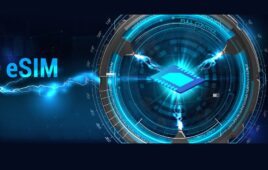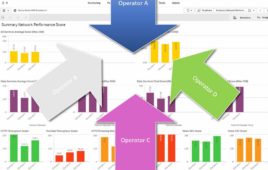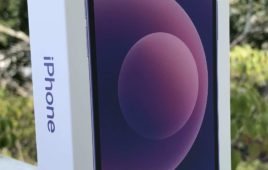Qualcomm and Ford are gearing up for the first connected car trials using Cellular-V2X technologies in the United States, alongside AT&T and Nokia.
Initial testing is set to begin later this year and will reportedly take place in the San Diego Regional Proving Ground with support of the San Diego Association of governments and the City of Chula Vista.
C-V2X was defined in 2017 by 3GPP as an extension of global cellular standards and is designed to help further the reach of wireless technology for road safety applications by enabling vehicles to communicate directly with other vehicles, roadside infrastructure and pedestrian devices without need of a cellular network or subscription.
For the trial, the Qualcomm 9150 C-V2X solution will be installed in Ford vehicles to enable direct communications. This will be complemented by AT&T’s 4G LTE network communications and intelligent transportation solutions platform (ITS) that utilizes Nokia’s wireless base stations and multi-access edge computing technology.
ITS provider McCain Inc. will help integrate the system with existing and emerging traffic signal control infrastructure, the companies said.
The testing will operate in the 5.9 GHz ITS spectrum, supporting direct C-V2X communications to explore vehicle-to-vehicle use cases such as intersection movement assist, do-not-pass warnings and left-turn assist.
“Leveraging the evolution of embedded cellular technologies for V2X communications holds great potential to advance safety benefits to all road users,” Cameron Coursey, VP for AT&T Internet of Things Solutions, said in a statement. “Working with industry leaders, such as Ford, Nokia, Qualcomm Technologies, and state and local government agencies, we will together lead the way to safer, more secure, cost-effective and efficient next-generation solutions.”
Testing will also reportedly explore advanced vehicle communication capabilities to improve traffic efficiencies, including real-time mapping updates and event notifications transmitted using AT&T’s cellular network and Nokia Cloud Infrastructure.
“The advancement of cellular technology for C-V2X applications is very encouraging,” added Don Butler, executive director of connected vehicle and services at Ford Motor Company. “This technology promises to meet, and in some cases, exceed the performance requirements of vehicle communication being proposed by relevant government agencies while leveraging existing in-vehicle connectivity frameworks. C-V2X provides a reassuring path to technology advancements necessary to support emerging developments in autonomy, automated driving, and mobility. We are keen to investigate all aspects of this opportunity and support cross industry efforts that make that possible.”




